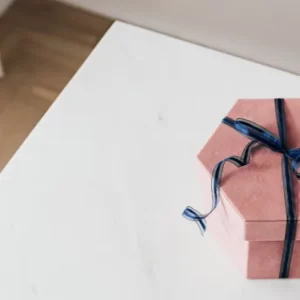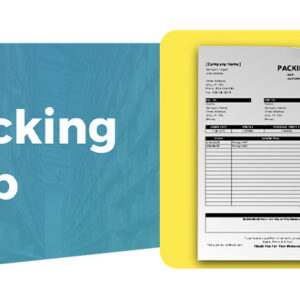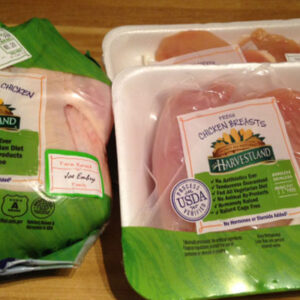Wonder what do the colored dots mean on food packaging? The answer is more complex than you might imagine.
When the packaging is printed, technicians use colored circles to check that the printing ink is the correct color and quality. In order to ensure uniform brand colors, they compare the color to boxes printed all over the world.
These aesthetically pleasing circles do have a function, but it’s one that has more to do with packaging and graphic design than it does with flavor, freshness, or nutrition. To learn more, keep reading!
Table of Contents
What Are Those Colorful Circles on My Food Packages?
It turns out that those colored circles have a name (actually, two names). Depending on who you ask, they’re either “process control patches” or “printer’s color blocks.”
No matter what one calls them, they ultimately serve the same purpose: making sure that the colors used to print packaging are up to par by testing how a certain set of “process colors” are coming out. In essence, they serve as a design check list that must be completed prior to shipping a product.
This usually results in circles that are black, magenta, cyan, and yellow, which when combined, can create a wide range of hues. If you have a color printer at home, you’re probably already aware of the potency of these specific printing tones.

But those aren’t the only hues you’ll encounter. A certain color (or colors) that has become a significant part of the branding is the main reason for some boxes and bags’ existence. In those circumstances, circles of a non-primary color that complements that tone are frequently seen. It makes sense: if your professional printing reputation depends on your ability to accurately reproduce the specific orange hue that dominates a Cheetos bag, you’re probably going to want to make sure you really nail it.
Reading the Label
The layout and color of food packaging reveal a lot about the product inside. A yellow cap on a Coca-Cola bottle denotes one thing, but the color of an M&Ms packet can indicate whether they are peanut, regular, crispy, or caramel. And if you’ve ever glanced at the back of a food package, you know they’re chock full of information: the story of the brand, nutritional figures, ingredients both familiar and not, and something called a “serving size,” which Personally, I have never followed through. However, there is another item printed on the back of most food packaging: a number of vividly colored squares or circles that appear to be some sort of code. These shapes don’t represent flavors, vitamins, or minerals, though. They are actually more for the benefit of the printing engineers than for us consumers.
What If There Are No Circles?
While some packaging has colored circles that are emblematic of the brand, other packaging has no colored circles at all. It really is just a matter of preference. There is no requirement that these color codes appear because they have no bearing on the actual health and safety of a food product. You almost have to admire the printer or packaging’s confidence in their ability to function without it once you realize the importance of those circles.
So there you have it—everything you ever wanted to know about those enigmatic, vibrant circles on food packaging. They actually have more to do with graphic design than snacking, so they shouldn’t say anything at all about the caliber of your food. In spite of this, you can bet that staring at these is more enjoyable than checking the nutrition information.
Also Read: What is a Blister Pack?
FAQs
What is the Importance of Colour in Packaging?
When it comes to packaging, color is one of the most important components for attracting shoppers. It is frequently one of the first things people notice because it is more easily seen than other elements like copy, illustrations, or graphics.
What Does Blue Mean on Food Packaging?
Blue packaging indicates low fat while purple has become the color that means no-fat products.
Final Words
So there you have it, colored circles on food packaging aid printers in color matching when they print food packaging and maintain brand consistency globally. This guarantees that whether you’re in Shanghai, Sarajevo, or Sydney, you can pick up an M&M yellow packet and know you’ll get peanuts. That would be peanut M&Ms.
Thank you, coloured circles! Without you, not all food packages would turn out the same, and it sure is nice to have at least one thing in this world that you can rely on. Read our post on guide to packaging & labeling if you want to learn more about packaging industry.





